The process of producing safe vegetables according to VietGap standards
The process of producing safe vegetables according to VietGap standards
With the current trend of integration, in order to stabilize the prices of agricultural products as well as stabilize income from vegetables, clean vegetable products must be of high quality and ensure food safety and hygiene.
Producing safe vegetables according to VietGap standards is a mandatory condition if the product is to exist in the market. VietGAP clean vegetables is a way to create prestige for manufacturers as well as bring safe health to users.
What is VietGAP standard?
VietGAP stands for Vietnamese Good Agricultural Practices, which means Good Agricultural Practices in Vietnam, issued in 2008 by the Ministry of Agriculture and Rural Development based on 4 criteria:
- Criteria on standard production techniques.
- Food safety criteria include measures to ensure that there is no chemical contamination or physical contamination at harvest.
- Criteria on working environment suitable to the labor force of farmers
- Criteria on product origin from production to consumption.
How are safe vegetables (RAT) produced and delivered to consumers?
Safe vegetables are produced with 10 steps according to VietGAP standards.
1. Choose the land to plant
- High, well-drained soil suitable for vegetable growth.
- Isolate at least 2km from industrial and hospital waste areas, at least 200m from city domestic waste.
- The soil should be free of harmful chemical residues.
2. Water source for irrigation
- Use water for irrigation from rivers that are not polluted or have to be treated.
- Use well water (for salads and herbs).
- Use clean water to mix foliar fertilizers and pesticides.
3. Seeds
- Must know the history of the place of seed production.
- Imported varieties must go through quarantine.
- Sow only good varieties and plant healthy seedlings, free from pests and diseases.
- Seeds before sowing need to be treated with chemicals or heat to kill the source of pests.
4. Fertilizer
- Increase the use of decayed organic fertilizers for vegetables.
- Absolutely do not fertilize uncomposted manure, do not use fresh manure to dilute water for irrigation.
- Use chemical fertilizers to fertilize just enough according to the requirements of each type of vegetable.
- Fertilization should be stopped at least 15 days before harvest.
5. Pest control
- Apply integrated pest management (IPM) measures.
- Proper crop rotation. Use good varieties, resistant to pests and diseases.
- Take care according to the physiological requirements of the tree (create healthy plants).
- Regularly clean the field. Use human resources to catch and kill worms.
- Use biological insecticides rationally.
- Inspect the field to detect and promptly take appropriate management measures against pests and diseases.
Only use pesticides when absolutely necessary and according to the following requirements:
- Do not use prohibited drugs for vegetables.
- Select drugs with low content of active ingredients, less toxic to natural enemies, other animals and humans.
- Prioritize the use of biological drugs (microbiological drugs and herbs).
- Depending on the drug, follow the instructions for use and harvesting time.
6. Use some other measures
- Using net houses and greenhouses to shield: net houses, greenhouses have the effect of limiting pests, diseases, weeds, frost, drought, shortening the growth time of vegetables, using less pesticides. .
- Using plastic film to cover the soil will limit pests, diseases, weeds, save water for irrigation, and limit the use of pesticides.
7. Harvest
- Harvest vegetables at the right ripeness, according to the requirements of each vegetable, remove wilted old leaves, diseased and deformed fruits.
- Wash vegetables thoroughly with clean water, use clean bags to store.
8. Preliminary processing and inspection
- After harvesting, vegetables will be transferred to the preliminary processing room, where vegetables will be sorted and cleaned.
- Wash vegetables thoroughly with clean water, use clean bags to store.
9. Shipping
After packaging, the vegetables will be sealed and transported to the store or directly to the user within 2 hours to ensure hygienic and safe conditions.
10. Storage and use
Vegetables are stored in the store at 20oC and the storage time is not more than 2 days.
Safe vegetables can be used immediately without the need to soak in salt water or other cleaning agents. In order for vegetables to be delicious and fresh, customers should buy enough and use within the day.
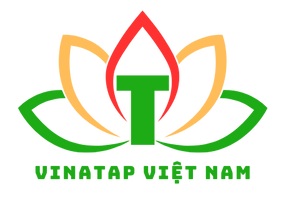











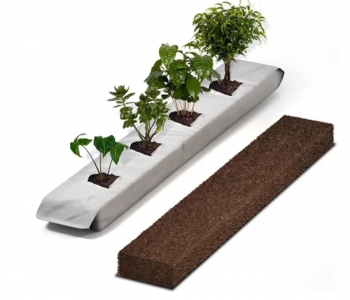
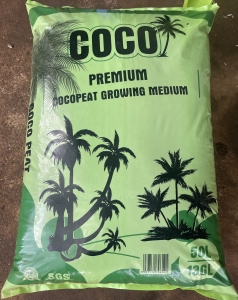
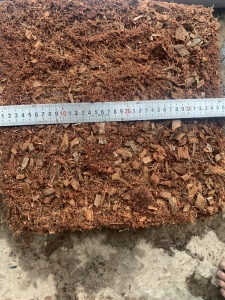
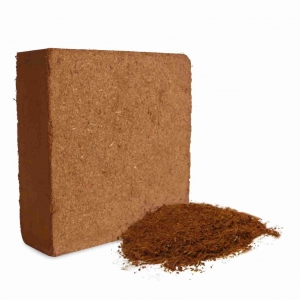
 Online: 13
Online: 13
 Total access: 4447015
Total access: 4447015